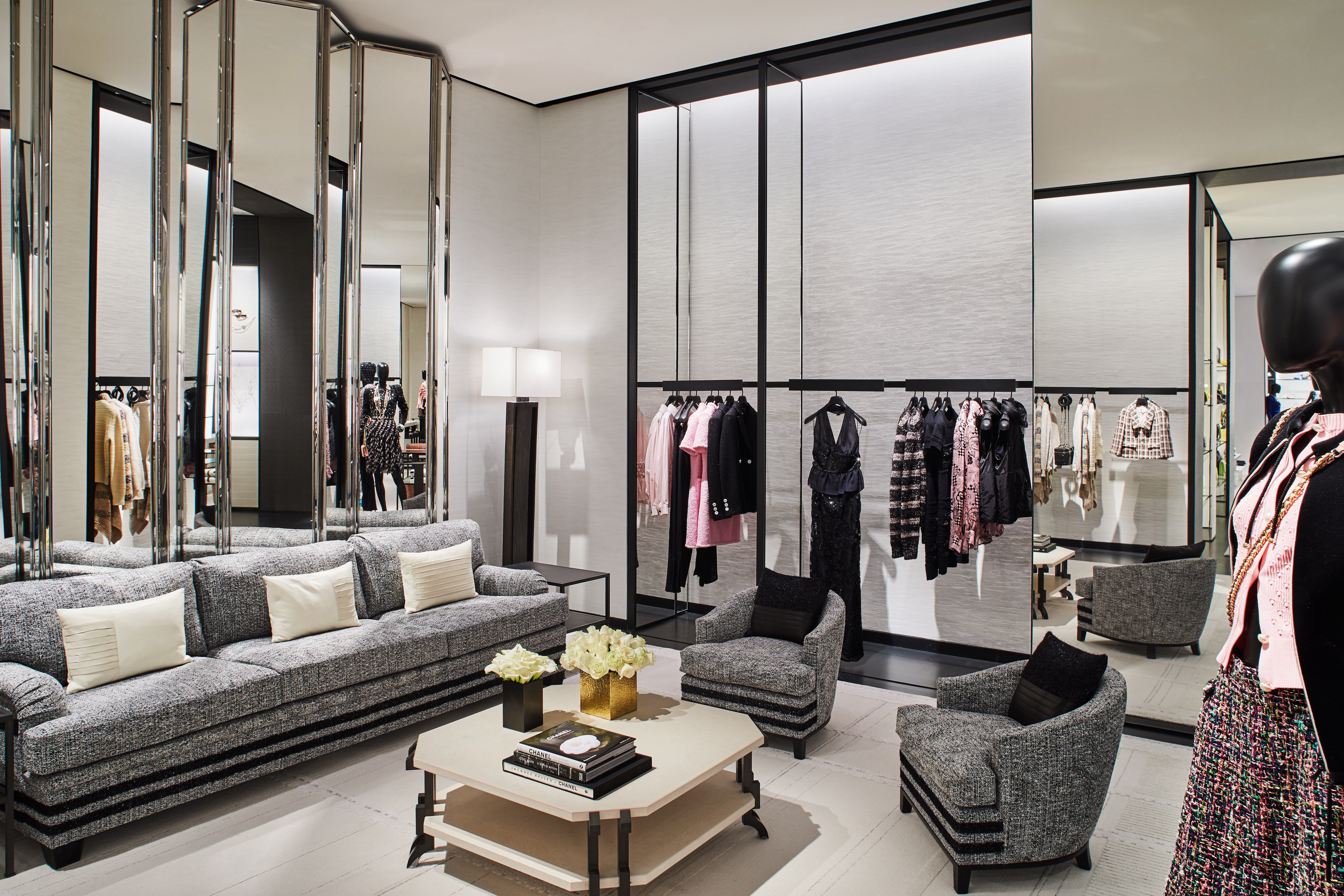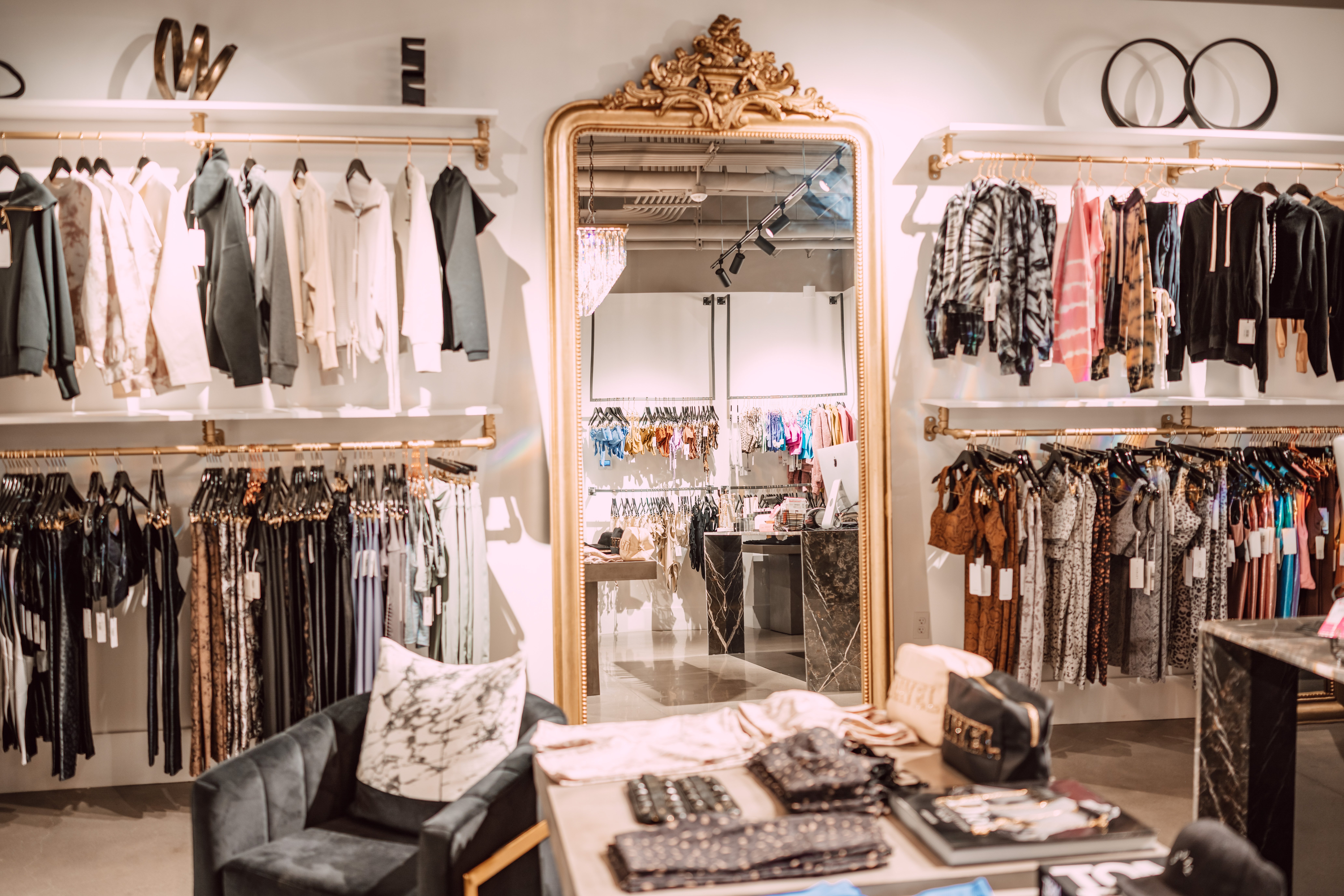Checking Out the Evolution and Influence of Clothing on Modern Fashion Trends
The advancement of clothing has dramatically affected modern fashion fads, merging historic precedents with innovative technologies. Iconic figures like Coco Chanel and Yves Saint Laurent changed the style industry by introducing concepts that prioritize convenience and accessibility, which proceed to reverberate today. Technical strides in locations such as 3D printing and clever textiles are redefining style possibilities and customer experiences (boutique fashion). Additionally, the growing emphasis on inclusivity and sustainability is reshaping market criteria. As we take into consideration these complex impacts, one must doubt just how these components jointly redefine fashion's role in mirroring and shaping contemporary society.
Historical Fashion Influencers
In the tapestry of fashion history, particular figures have actually left an enduring mark, shaping the fads and designs that specify whole periods. Coco Chanel, a cutting edge developer, redefined ladies's style by presenting comfortable, stylish garments that departed from limiting corsets. Her famous Chanel match and little black outfit have actually come to be classic staples in wardrobes worldwide. In A Similar Way, Christian Dior's post-war "Make over" in 1947, with its party of womanhood via complete skirts and cinched waists, noted a return to luxury and has continued to affect developers.
Elsa Schiaparelli is another crucial number, renowned for her avant-garde designs that incorporated surrealist art, collaborating with Salvador Dalí to develop wayward pieces that tested conventional appearances. Her cutting-edge use color and vibrant patterns reverberates in modern fashion. Yves Saint Laurent, at the same time, democratized haute couture with prêt-à-porter collections, bringing path styles to the masses and setting a criterion for modern-day ready-to-wear lines.
These visionaries, to name a few, not only reinvented fashion in their times however additionally set withstanding fads that resonate in today's garment industry, providing a foundation whereupon contemporary designers continue to develop and introduce. Their traditions highlight the importance of creativity and bold in style's ever-evolving narrative.
Technological Developments in vogue
Among the vibrant landscape of the apparel industry, technical innovations stand at the forefront of advancement, reshaping how developers create and customers engage with style. The combination of 3D printing has actually revolutionized style processes, allowing designers to explore intricate structures and lasting products that were previously unthinkable. This modern technology assists in fast prototyping, minimizing waste and expediting manufacturing times.

Smart fabrics, embedding modern technology into materials, are additionally changing the market. Innovations like self-cleaning and temperature-regulating textiles supply boosted capability and comfort. Wearable technology, integrating features like physical fitness monitoring and communication, adds a brand-new dimension to fashion, merging appearances with functionality.
Social Changes and Style
As technological improvements continue to improve the fashion business, cultural changes are just as significant, redefining design and customer preferences. In recent years, the increase of social networks platforms has actually increased the circulation of international style patterns, permitting diverse cultural impacts to merge and exist together. This digital interconnectivity has actually facilitated the fast exchange of concepts, causing a much more comprehensive and diverse analysis of style that shows the complex nature of contemporary culture.
Cultural understanding and gratitude have motivated developers to attract ideas from a wider range of ethnic and historic contexts, integrating typical motifs with contemporary appearances. This fusion has actually caused fashion that resonates with a larger audience, promoting a sense of identity and belonging across different demographics. Additionally, the boosting demand for customization has actually driven brands to provide adjustable options, making it possible for consumers to reveal uniqueness while reflecting their social heritage.
In addition, moving social worths have actually influenced style, with inclusivity and variety becoming main styles. The sector has actually started to welcome designs and influencers of different type of body, ethnic backgrounds, and gender identities, challenging conventional beauty requirements. This improvement emphasizes the power of cultural changes fit the future of style, as design becomes a much more genuine expression of individual and cumulative identification.
Sustainability and Modern Style
While the fashion sector continues to develop, the important for sustainability has actually ended up being increasingly immediate, influencing contemporary design methods. The increase of sluggish fashion, which highlights quality over amount, encourages customers to invest in classic items rather than transient trends.
Additionally, modern layout is identified by its advancement in lessening waste and promoting circularity. Methods such as zero-waste pattern cutting and 3D knitting are acquiring grip, allowing developers to develop garments with very important link little fabric wastefulness. In addition, brands are taking on clear supply chains, guaranteeing accountability and fostering consumer count on. This approach not only minimizes ecological impact however likewise enhances the social duty of style homes.

Future Trends in vogue

Sustainability will remain to be a driving pressure in shaping future style fads. The sector is progressively embracing green products and ethical production methods, responding to a growing consumer need for accountable methods. Developments such as bio-fabricated materials and closed-loop recycling systems are readied to redefine exactly how clothes is generated and taken in, minimizing environmental influence while keeping design and top quality.
Social shifts, including the rise of inclusivity and variety, will likewise play a crucial duty. As society comes to be much more conscious of social problems, fashion is expected to come to be a system for expression and adjustment. Developers will likely concentrate on creating collections that show a wider range of experiences and identifications, championing representation and accessibility.
Final Thought
The development of garments considerably influences modern fashion fads, where historic influences merge with modern layouts. Trick numbers like Coco Chanel and Yves Saint Laurent have redefined style, while technological technologies such as 3D printing and clever fabrics broaden creative opportunities. Social shifts towards inclusivity and sustainability force brands to take on moral methods and welcome variety. This recurring development underscores style's role as a mirror to societal worths and technological improvement, suggesting a future rich with technology and inclusivity.
The advancement of clothes has actually substantially influenced contemporary fashion patterns, combining historical precedents with cutting-edge innovations.Among the vibrant landscape of the click here now fashion market, technical developments stand at the forefront of technology, improving just how developers produce and customers involve with fashion.While the style market continues to advance, the crucial for sustainability has actually become significantly immediate, influencing modern-day style practices. As sustainability comes to be ingrained in modern-day style, it paves the means for a much more liable and conscious fashion industry.
The development of clothes significantly influences modern fashion fads, where historic impacts merge with modern styles.